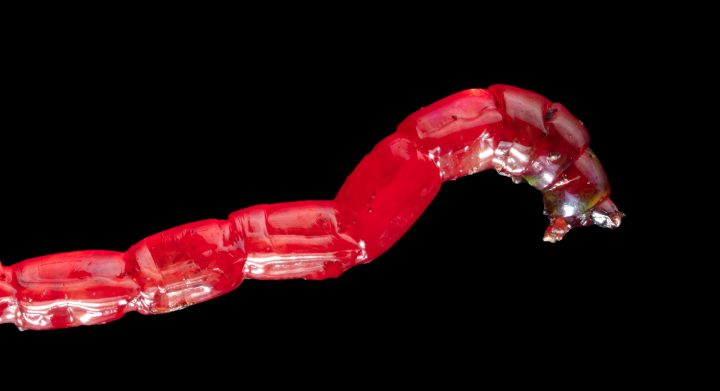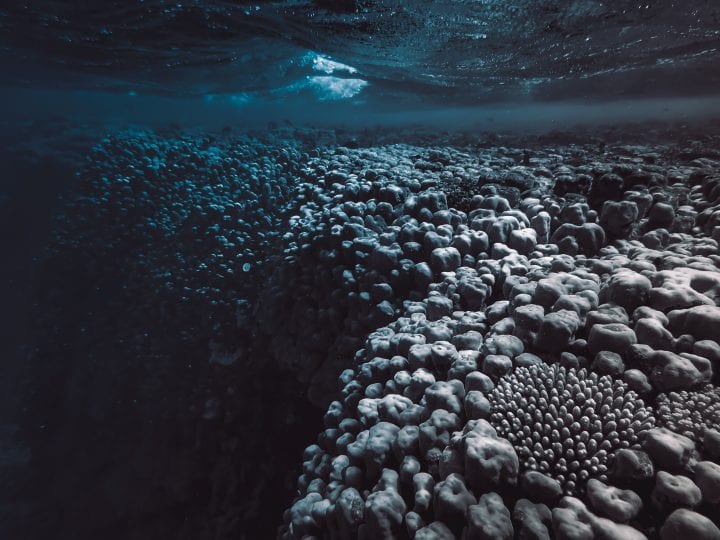The growth of mineral crystals is controlled by peptides through a system of molecular "switches, throttles and brakes."
“By producing some of the highest resolution images of s attaching to mineral surfaces, scientists have a deeper understanding how biomolecules manipulate the growth crystals. This research may lead to a new treatment for stones using biomolecules…”
“Inorganic minerals play an important role in most biological organisms. Bone, teeth, protective shells or the intricate cell walls of marine diatoms are some displays of biomineralization, where living organisms form structures using inorganic material. Some minerals also can have negative effects on an organism such as in kidney and gallstones, which lead to severe suffering and internal damage in humans and other mammals.
Understanding how organisms limit the growth of pathological inorganic minerals is important in developing new treatment strategies.” (EurekAlert! November 2009)





